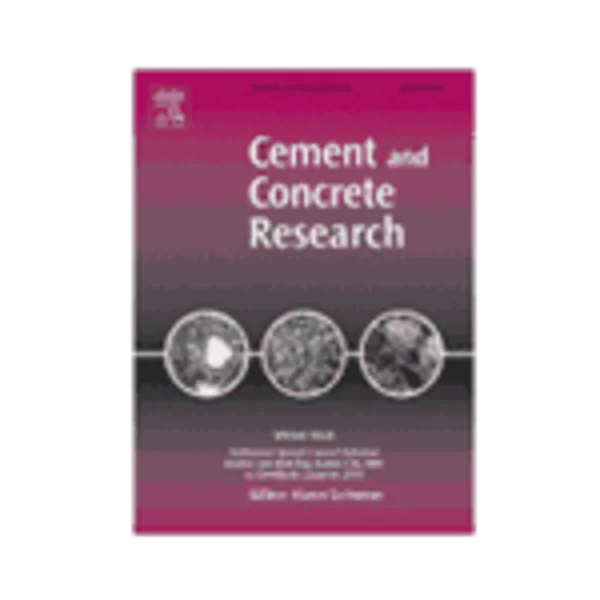-
comparison of methods for arresting hydration of cement
جزئیات بیشتر مقاله- تاریخ ارائه: 1392/07/24
- تاریخ انتشار در تی پی بین: 1392/07/24
- تعداد بازدید: 1061
- تعداد پرسش و پاسخ ها: 0
- شماره تماس دبیرخانه رویداد: -
arresting of cement hydration, followed by drying, is necessary to prepare samples for many techniques of microstructural analysis. this paper reviews the effects on microstructure and composition of cement paste caused by the most common drying techniques, including direct drying (oven, microwave, d-drying, p-drying, and freeze drying) and solvent exchange methods. supercritical drying is proposed as a method that could effectively preserve the cement microstructure, but which has not been applied to cementitious materials. experiments are reported that systematically quantify the effects of drying from several solvents, freeze drying, and direct drying of young paste. freeze drying is an effective drying method to prepare samples for chemical analysis, but it might change the microstructure. isopropanol exchange followed by ambient drying is the best known method for preserving the microstructure with minimal effect on the composition of cement.
مقالات جدیدترین رویدادها
-
استفاده از تحلیل اهمیت-عملکرد در ارائه الگوی مدیریت خلاقیت سازمانی و ارائه راهکار جهت بهبود
-
بررسی تاثیر ارزش وجوه نقد مازاد بر ساختار سرمایه شرکت های پذیرفته شده در بورس اوراق بهادار تهران
-
بررسی تأثیر سطح افشای ریسک بر قرارداد بدهی شرکت های پذیرفته شده در بورس اوراق بهادار تهران
-
بررسی تأثیر رتبه بندی اعتباری مبتنی بر مدل امتیاز بازار نوظهور بر نقد شوندگی سهام با تأکید بر خصوصی سازی شرکت ها
-
تأثیر آمیخته بازاریابی پوشاک ایرانی بر تصویر ذهنی مشتری پوشاک ایرانی (هاکوپیان)
-
بهسازی لرزه ای مخازن هوایی فولادی توسط الیاف cfrp با حجم لایه بالا
-
تحلیل ظرفیت سامانه تندرو دو شهر تهران، بررسی مشکلات و ارائه راهکار
-
بررسی مفهوم خیارات در قانون تجارت الکترونیکی با تأکید بر خیار حق انصراف در آن
-
رویکردی تحلیلی بر خط فکری سید هادی میرمیران معمار معاصر ایران
-
the study of symbols of kafka metamorphosis
مقالات جدیدترین ژورنال ها
-
مدیریت و بررسی افسردگی دانش آموزان دختر مقطع متوسطه دوم در دروان کرونا در شهرستان دزفول
-
مدیریت و بررسی خرد سیاسی در اندیشه ی فردوسی در ادب ایران
-
واکاوی و مدیریت توصیفی قلمدان(جاکلیدی)ضریح در موزه آستان قدس رضوی
-
بررسی تاثیر خلاقیت، دانش و انگیزه کارکنان بر پیشنهادات نوآورانه کارکنان ( مورد مطالعه: هتل های 3 و 4 ستاره استان کرمان)
-
بررسی تاثیر کیفیت سیستم های اطلاعاتی بر تصمیم گیری موفق در شرکتهای تولیدی استان اصفهان (مورد مطالعه: مدیران شرکتهای تولیدی استان اصفهان)
-
شناسایی جرائم امنیتی و مدیریت آن ها در استان سیستان و بلوچستان
-
بررسی رابطه عملکرد در آزمون استروپ با تنظیم هیجانی و پیشرفت تحصیلی دانش آموزان شهر مشهد
-
effect of waste marble powder and fly ash on the rheological characteristics of cement based grout
-
study the effect of substitution filler on performance of asphalt mixture
-
analysis of rake angle effect to stress distribution on excavator bucket teeth using finite element method




سوال خود را در مورد این مقاله مطرح نمایید :